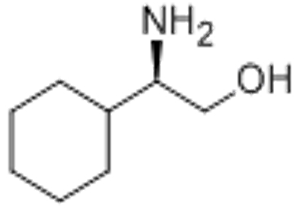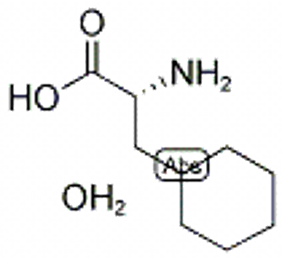2 2′-Bis(trifluoromethyl)benzidine(CAS# 341-58-2)
| Risk Codes | R22 – Harmful if swallowed R45 – May cause cancer R50/53 – Very toxic to aquatic organisms, may cause long-term adverse effects in the aquatic environment. R36 – Irritating to the eyes R25 – Toxic if swallowed R36/37/38 – Irritating to eyes, respiratory system and skin. |
| Safety Description | S22 – Do not breathe dust. S36/37/39 – Wear suitable protective clothing, gloves and eye/face protection. S45 – In case of accident or if you feel unwell, seek medical advice immediately (show the label whenever possible.) S26 – In case of contact with eyes, rinse immediately with plenty of water and seek medical advice. S37 – Wear suitable gloves. |
| UN IDs | 2811 |
| HS Code | 29215900 |
| Hazard Note | Toxic |
| Hazard Class | IRRITANT-HARMFUL |
Introduction
2,2′-Bis(trifluoromethyl)-4,4′-diaminobiphenyl, also known as BTFMB, is an organic compound. The following is an introduction to its properties, uses, manufacturing methods and safety information:
Quality:
- Appearance: White crystalline powder
- Insoluble in water, slightly soluble in ether and benzene, soluble in organic solvents such as alcohols
Use:
- 2,2′-Bis(trifluoromethyl)-4,4′-diaminobiphenyl is an important organic intermediate, mainly used in the synthesis of polymer compounds and polymers
- It can be used to prepare polymers with high temperature stability, excellent electrical and mechanical properties, such as polyimide, polyetherketone, etc
- BTFMB can also be used as a raw material for catalysts, coating additives, electrochemical materials, etc
Method:
- The synthesis of 2,2′-bis(trifluoromethyl)-4,4′-diaminobiphenyl generally goes through a multi-step reaction
- The specific method involves hydroxymethylation of methacrylonitrile with 4,4′-diaminobiphenyl to obtain an intermediate product, followed by trifluoromethylation to obtain the target product
Safety Information:
- 2,2′-Bis(trifluoromethyl)-4,4′-diaminobiphenyl is an organic compound that may be toxic and irritating
- During use and storage, contact with strong oxidizing agents and strong acids should be avoided
- When handling and disposing of waste, comply with local rules and regulations








